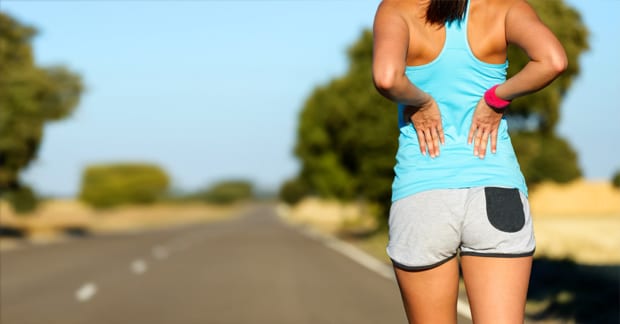
by Tejasvit Kour | Jan 8, 2013 | Advanced
In this month’s edition, we’re going to discuss some “intrigue” that has plagued low back treatments—both conservative and aggressive—for many years now. The intrigue being “WHERE” exactly does the pain generate from? What structure? What neurological mechanism? And...
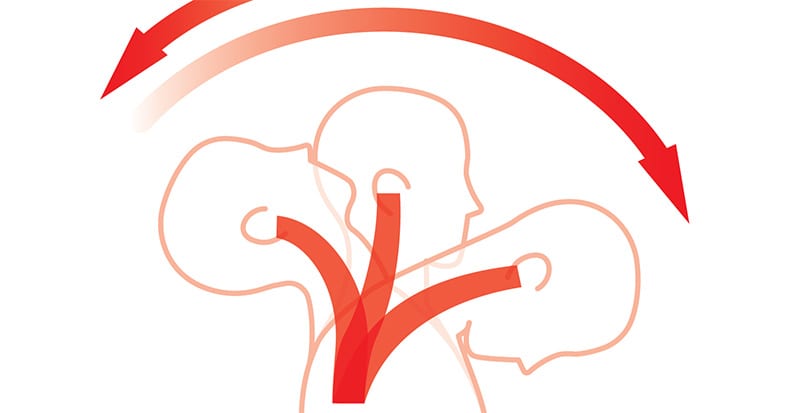
by Tejasvit Kour | Jan 1, 2013 | Advanced
Pain perception and psychology are linked. As with the chicken-and-the-egg scenario, a question arises: what comes first? Does an abnormal psychological profile cause chronic pain? Or Does chronic pain cause an abnormal psychological profile? The relationship between...
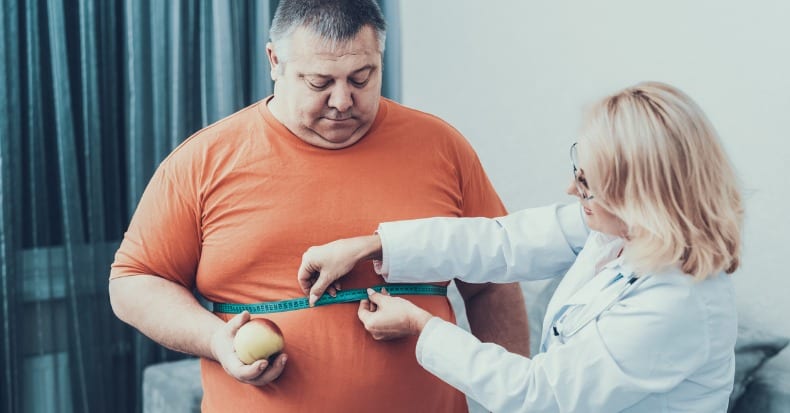
by Tejasvit Kour | Nov 1, 2012 | Advanced
Upright posture is a first class lever mechanical system, such as a teeter-totter or seesaw (1, 2). The fulcrum of a first class lever is the place where the force is the greatest: if excessively heavy objects are placed on both ends of the teeter-totter, it will...

by Tejasvit Kour | Sep 3, 2012 | Advanced
Pain is a brain cortical event. Pain does not exist in a back or neck or foot. Pain is perceived by brain cortical neurons. Any intervention that reduces pain is altering the electrical signal depolarization of brain cortical pain perceiving neurons. As stated by Drs....
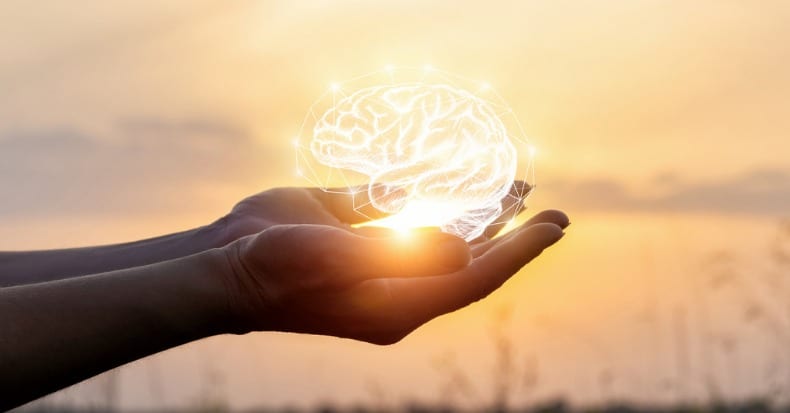
by Tejasvit Kour | Sep 1, 2012 | Advanced
Mild Traumatic Brain Injury and Degenerative Function Physiological Strategies to Improve and Preserve Brain Function Overview Free radicals are atoms or molecules that have an unpaired set of electrons in their outer shell. Electrons, like shoes, function best in...
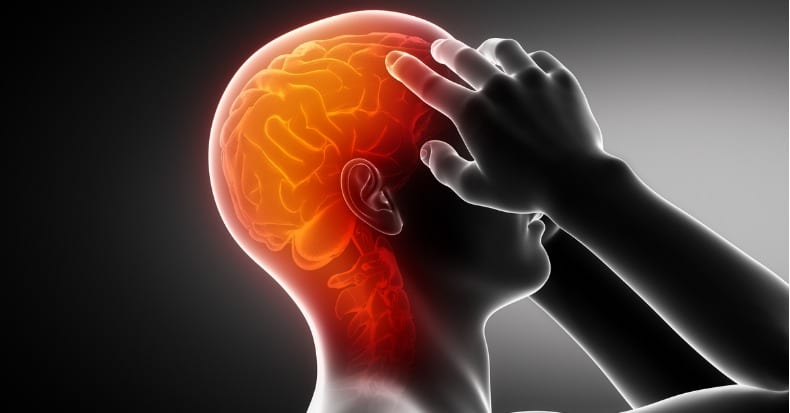
by Tejasvit Kour | Aug 1, 2012 | Advanced
A Mechanical Model Involving the Spinal Dura Mater and the Suboccipital Muscles For more than half a century respected authors, clinicians, and journals have claimed that various problems of the cervical spine can cause headaches. As an example, in 1958, Beverly Hills...







